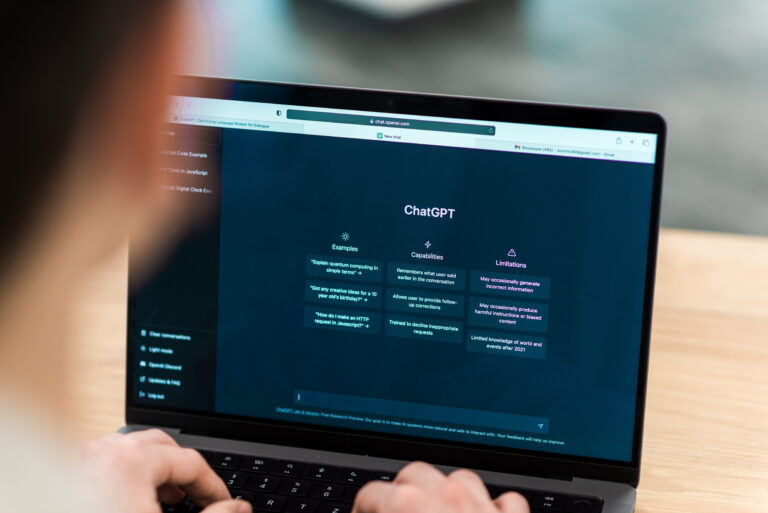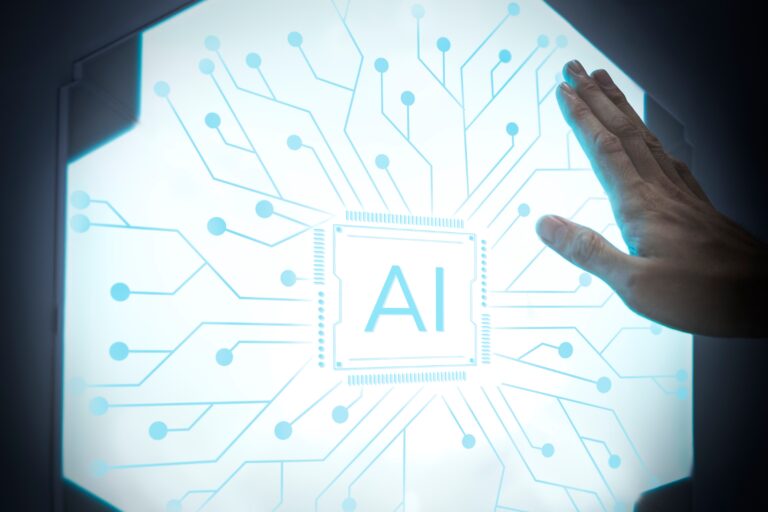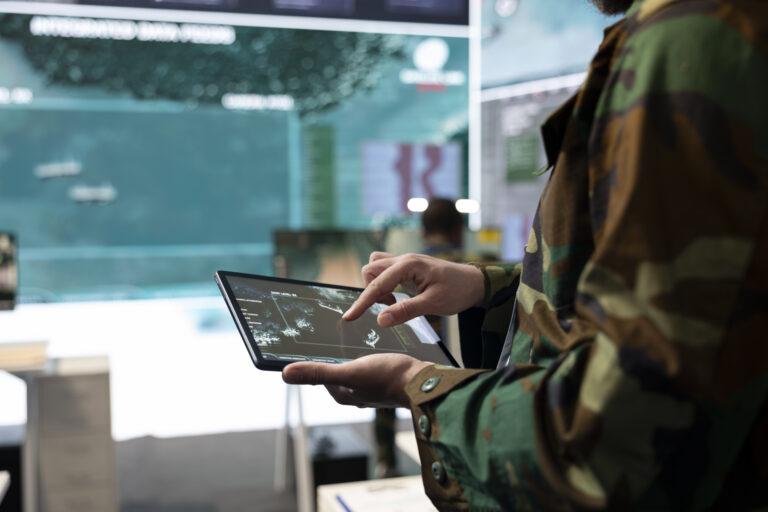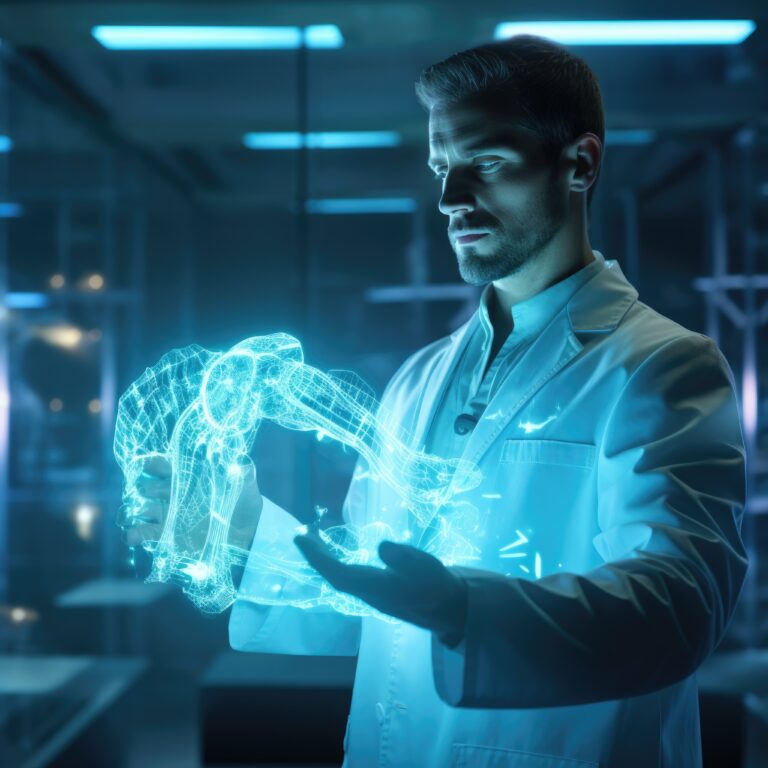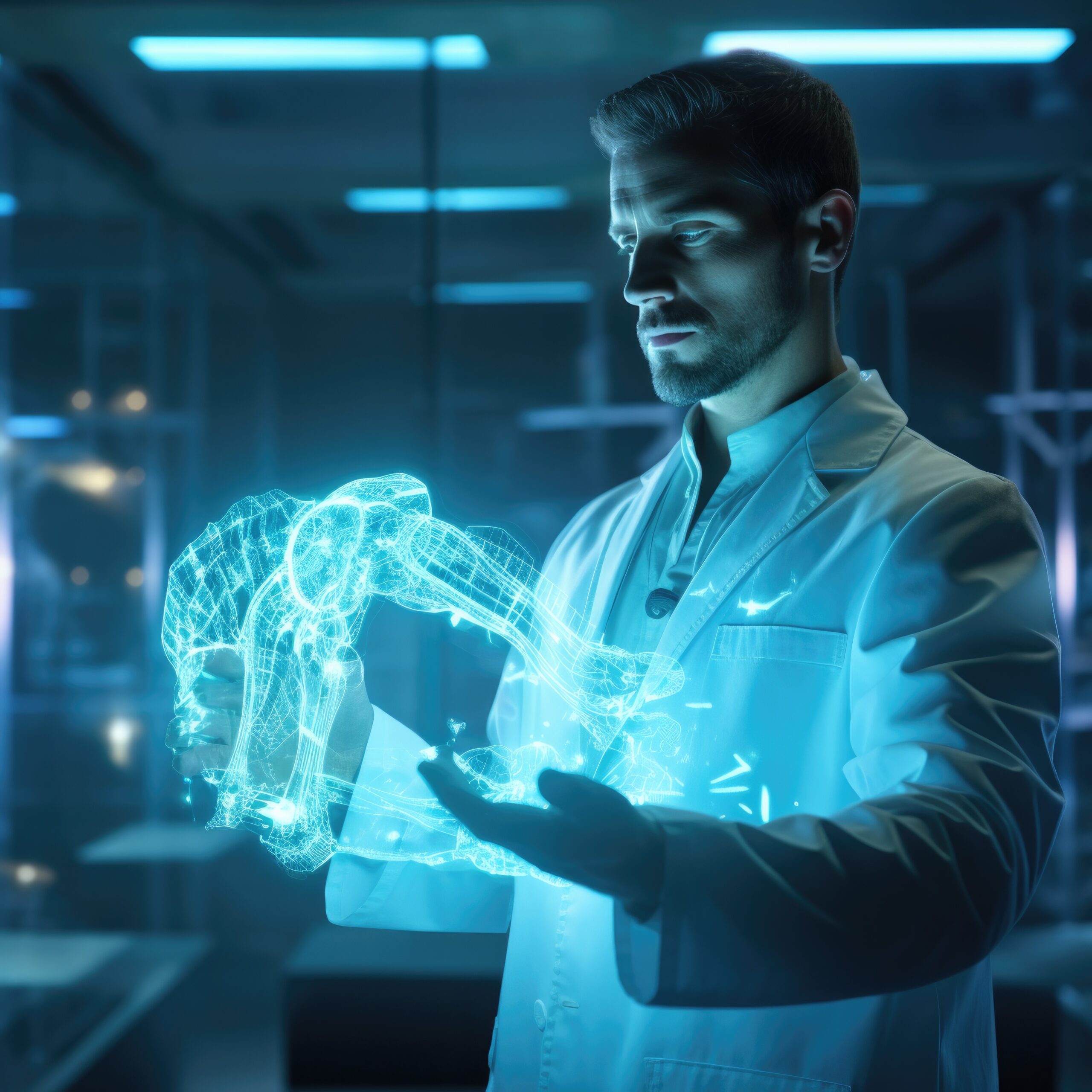
Introduction
Inside hospital corridors, among the rhythm of heart monitors and the quiet anxiety of waiting rooms, artificial intelligence has begun to take a new and powerful role. For years, the promise was irresistible: machines that could detect diseases faster, predict complications earlier, and eliminate human error. In a world where time often defines survival, that promise sounded like salvation. But as these systems move from research projects into real hospitals, a growing number of doctors are beginning to voice concern. They warn that AI’s power comes with sharp edges—and that, despite all its brilliance, it still lacks something essential: understanding.
A 2025 study published in Nature Digital Medicine found that even the most advanced AI models reached only 52 percent accuracy in clinical diagnoses, falling significantly behind experienced physicians. That difference, more than a number, is a reminder that medicine is not mathematics. It is context, emotion, intuition, and the human ability to see the person behind the symptoms.
The Promise and the Illusion
When AI first entered the medical field, it did so wrapped in optimism. Machines could read thousands of X-rays in seconds, analyze patterns invisible to the human eye, and perhaps one day replace the fatigue and fallibility of doctors. Hospitals began integrating algorithms into radiology, oncology, and pathology. For a time, the results were impressive. AI models could detect diabetic retinopathy, flag early cancers, and even predict patient deterioration before visible symptoms appeared.
But the illusion began to fade as real-world evidence accumulated. Doctors quickly realized that pattern recognition is not the same as clinical reasoning. An algorithm can notice a shadow on a lung scan, but it cannot know that the patient recently recovered from pneumonia, or that the image was taken after chemotherapy. It cannot hear a cough, sense fear, or weigh uncertainty. It lacks that subtle judgment that physicians build through years of mistakes, intuition, and empathy.
As Dr. Karen Liu from Yale School of Medicine noted, “AI can see patterns, but it cannot see people.” That simple truth captures the essence of medicine’s dilemma: technology can assist, but it cannot yet replace the humanity of care.
The Problem of Data and Bias
Every AI model begins with data, and data, though powerful, is never neutral. Many medical algorithms are trained on information from a few major hospitals, often concentrated in Western countries with specific demographics. When those systems are applied elsewhere—to patients of different ethnicities, ages, or socioeconomic backgrounds—they start to falter.
A Lancet Digital Health review showed that over 80 percent of medical AI datasets lacked diversity. That means algorithms designed to identify skin cancer often perform worse on darker skin tones, and cardiology tools trained mainly on men tend to underdiagnose women. In other words, the same systemic biases that already exist in healthcare can become embedded, invisible, and automated inside AI systems.
The World Health Organization has warned that these gaps could deepen health inequities rather than resolve them. When the data is unbalanced, the machine learns a distorted version of reality. It can be precise, yes—but only within the narrow world it knows. Beyond that, it guesses. And in medicine, guessing can cost lives.
The Black Box Dilemma
Perhaps the greatest source of unease among clinicians is what researchers call the “black box problem.” AI systems often make accurate predictions but provide no explanation for how they reached them. A doctor might receive a diagnostic probability—an 88 percent likelihood of pneumonia or a 92 percent risk of heart failure—but the algorithm offers no insight into which clues or variables led to that conclusion.
This opacity creates a dangerous tension. Physicians are asked to trust systems they cannot interrogate. When outcomes go wrong, accountability becomes blurry. Is the doctor responsible for following the AI’s advice? Or is the developer responsible for creating it? In 2025, The Guardian reported on new debates among legal and medical experts struggling to define who is liable when AI makes a fatal mistake. The answer, for now, remains uncertain.
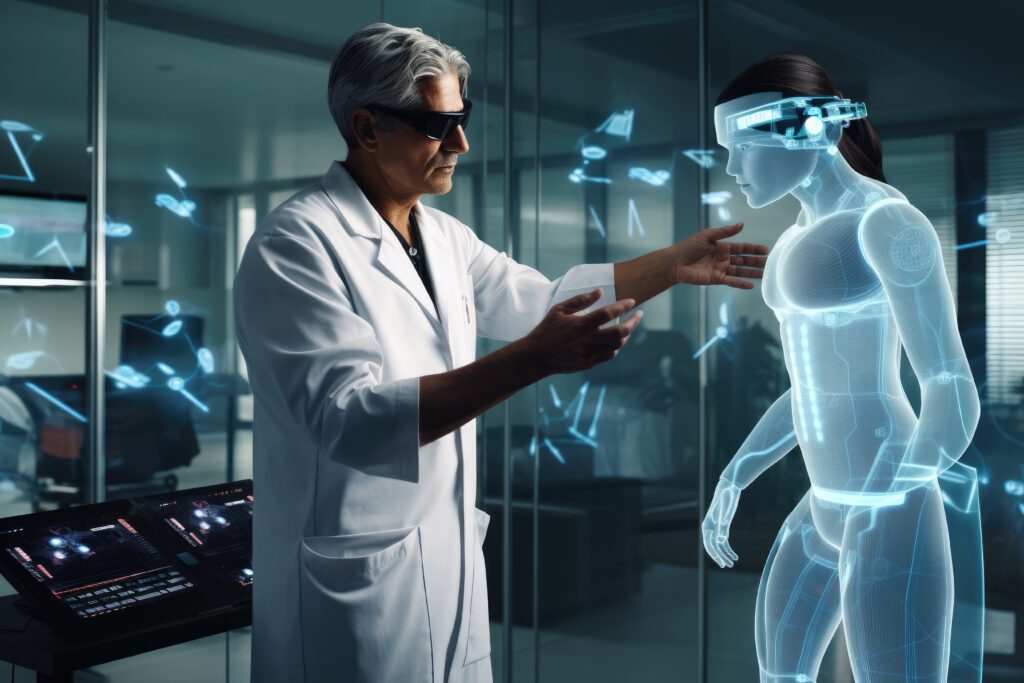
The Human Skill at Risk
Beyond legal or ethical issues lies a quieter danger—one that doctors themselves are beginning to notice. The more we rely on AI to think for us, the less we exercise our own diagnostic muscles. In early 2025, a Times of India Health study found that physicians who routinely used AI support tools for tumor analysis saw their independent accuracy drop by nearly 20 percent over six months. Their confidence in their own reasoning declined, too.
This phenomenon—sometimes called “automation complacency”—is subtle but powerful. Once an AI tool gains a reputation for accuracy, it becomes hard to question. Doctors start deferring to it, even when their instincts disagree. And little by little, the art of critical diagnosis begins to fade.
Medicine has always balanced science with intuition. When machines start to replace that internal dialogue, something vital is lost—not only clinical skill but also the humility that keeps medicine human.
What Doctors Are Really Asking For
Contrary to what some headlines suggest, doctors are not rejecting AI. They are asking for prudence and partnership. They want systems that support decision-making, not systems that silently override it. They want algorithms that are transparent, explainable, and rigorously tested across diverse populations. And they want to remain at the center of clinical judgment, not reduced to human appendages of machine output.
Training also matters. Many physicians are still uncomfortable interpreting AI results because they lack education in data science or algorithmic reasoning. A growing number of medical schools are beginning to integrate AI ethics and data literacy into their curricula—a sign that the next generation of doctors will likely be both clinicians and algorithmic interpreters.
The Future: Collaboration, Not Replacement
The future of medicine will almost certainly include AI—but not as a replacement for human care. The most promising vision is collaborative: human plus machine, not human versus machine. When algorithms handle routine analysis or pattern detection, doctors gain more time to listen, to think, to connect. Technology can remove friction from the system; empathy must fill the space that remains.
As Harvard Medical School researchers put it in a 2024 review, “AI will not make physicians obsolete; it will redefine what it means to be one.” The best outcomes arise when human experience and artificial precision coexist, each compensating for the other’s weakness.
Conclusion
AI is transforming medicine, but transformation does not mean surrender. Doctors’ warnings about its limits are not nostalgia—they are acts of care. They remind us that while algorithms can process data, only humans can understand suffering. They remind us that a diagnosis is not just a label but a story: one that carries fear, hope, and the fragile trust between a patient and the person who promises to help.
If we move forward wisely—grounding innovation in ethics, transparency, and empathy—AI can become a remarkable assistant, not a silent authority. Medicine will always need machines, but it will forever need people more.
